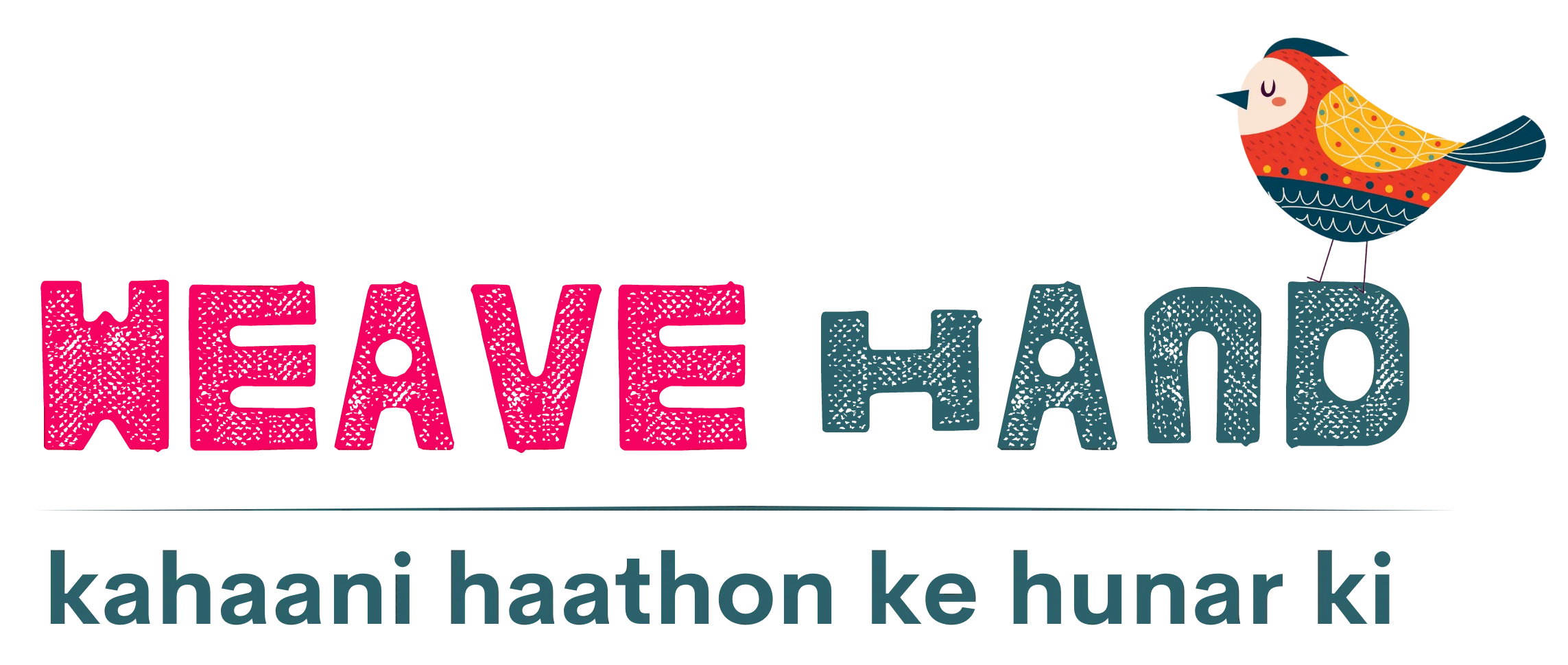As the demand for sustainable and ethically-made products increases, handloom fabrics have become increasingly popular. Handloom products are not only unique but also contribute to the preservation of traditional weaving techniques and help support the livelihoods of skilled artisans. However, with the growing demand for handloom products, there is also an increase in the availability of fake or machine-made products being sold as handloom. In this blog, we will discuss how to identify and choose authentic handloom products.
Look for the Handloom Mark: The Handloom Mark is a government certification mark that is given to handloom products that meet certain quality standards. The mark ensures that the product has been hand-woven by a skilled weaver using traditional techniques. Look for this mark on the product or ask the seller if the product is certified by the Handloom Mark.
Examine the Fabric: Authentic handloom fabrics have irregularities and variations in the weave, which gives them a unique texture and feel. Machine-made fabrics are uniform in their weave and lack the irregularities that are present in handloom fabrics. Examine the fabric carefully for inconsistencies in the weave and variations in color.
Check the Price: Handloom products are often more expensive than machine-made products because of the time and effort required to make them. If the price seems too good to be true, then it probably is. Be wary of products that are being sold at a significantly lower price than other handloom products.
Learn About the Weaving Technique: Each region in India has its unique weaving technique, and authentic handloom products are made using these traditional techniques. Before purchasing a handloom product, research the region where it is made and the traditional weaving techniques used in that region. This will help you identify whether the product is authentic or not.
Buy from Trusted Sellers: Buy handloom products from trusted sellers who have a reputation for selling authentic products. Look for sellers who have a good track record of working with weavers and supporting the handloom industry.
In conclusion, buying authentic handloom products requires a little bit of research and knowledge. By looking for the Handloom Mark, examining the fabric, checking the price, learning about the weaving technique, and buying from trusted sellers, you can ensure that you are buying an authentic handloom product. By doing so, you not only get a unique and high-quality product but also contribute to the preservation of traditional weaving techniques and support the livelihoods of skilled artisans.
